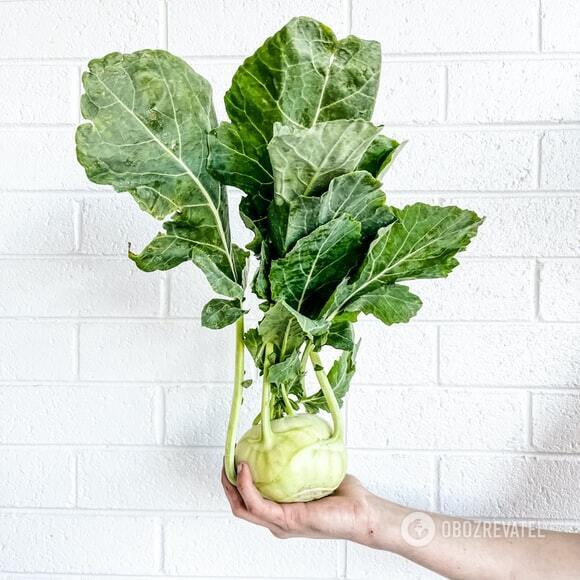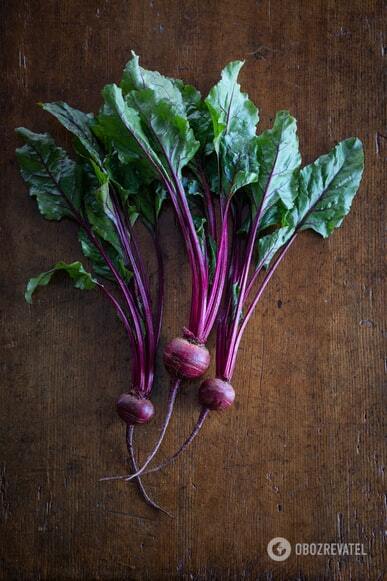LS Food
The most underrated vegetables rich in vitamins and minerals have been named
Consumers unreasonably ignore a number of healthy vegetables that are a real storehouse of vitamins and minerals. Enriching the diet with plant-based foods not only benefits human health, but also significantly reduces the environmental burden on the planet.
According to Linda Bakkman, a nutritionist and physiologist, nutrition advisor to the Swedish Olympic Committee and MD, while in the supermarket, one should pay attention to those shelves that most shoppers tend to avoid, such as cabbage and root vegetables.
"A person should eat about 500 grams of vegetables every day, and bringing this figure up to 800 will give more tangible health results. But rarely do people follow this recommendation," the nutritionist noted.
Speaking about the benefits of vegetables, Bachmann identified several that, in her opinion, should be paid more attention to.
Among others, the nutritionist singled out kohlrabi. This vegetable resembles a turnip. It contains a lot of fiber, it is a source of vitamin K and folic acid. And 100 g of kohlrabi provides a person with 83% of the daily value of vitamin C.
The expert admitted that she often eats kohlrabi herself. She eats this vegetable raw, cutting it into thin slices. She also recommended grilling kohlrabi.
Next on Bakkman's list of "goodies" was black Tuscan cabbage or curly kale. It is also called kale. It is a hybrid of curly and Savoy cabbage. It is sweeter and especially rich in beta-carotene.
"Kale contains more calcium than milk. And it should be noted that 100 grams of curly kale is a relatively large volume, unlike 100 milliliters of milk. Instead, these 100 grams cover the body's daily need for vitamin C," the expert emphasized.
She recommended eating it raw, baking it in the oven, frying it, boiling it, and adding it to sauces.
Bakkman also advises not to avoid celery. She noted that celery is grown either as a root or as a stem, and the nutrient content of the two varieties is different. The root is rich in vitamin C, folic acid and fiber, while the stems contain more calcium.
She recommended baking the root and using the stem for salads.
Eventually, the expert turned her attention to beets. They are rich in fiber, vitamin C, folic acid, and antioxidants. The fruit also contains a lot of nitrates, which, when converted to nitric oxide, have a good effect on the elasticity of blood vessels. Beets can be baked, boiled or eaten raw, cut into thin slices.
Linda Bakkman also shared a recipe for a healthy vegetable salad.
Ingredients
Salad: 1 red beet, 1 striped beet, 100 g fresh broccoli, 100 g fresh cauliflower, 3 tablespoons pine nuts or seeds.
Dressing: 2 tablespoons of olive oil, 1 tablespoon of white wine vinegar, 1 teaspoon of liquid honey, 1 teaspoon of Dijon mustard, 1 ml of sambal olek sauce, salt, freshly ground black pepper.
1. Thinly slice the beets, broccoli and cauliflower. Cut the broccoli and cauliflower along the length so that each layer contains fragments of both stems and florets.
2. Mix the oil, vinegar, honey, mustard and sambal olek. Season with salt and pepper and pour the dressing over the vegetables.
3. Lightly fry the pine nuts in a dry frying pan and add to the salad.






























